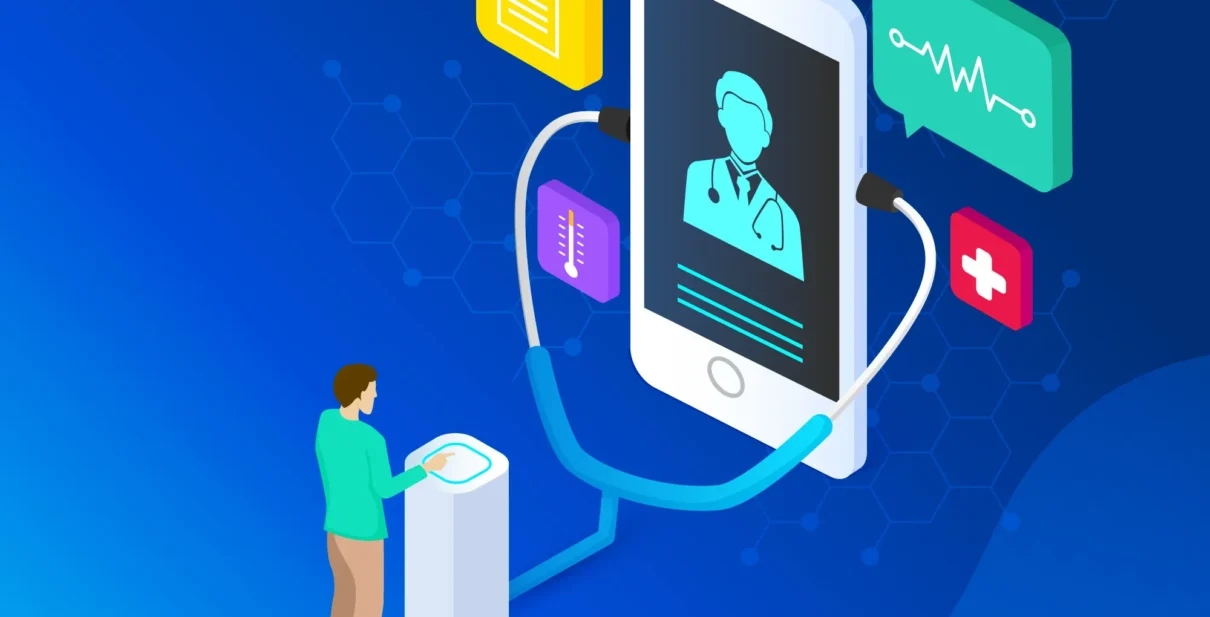Clinical trials are tedious, time-consuming and require robust mechanisms for ensuring patient retention in the study. For patients, frequent visits to the study site results in loss of time, efforts as well as sometimes absenteeism at work. These are few of the reasons that patients drop-out from the study resulting in study data with lower sample size than planned. Apart from patient drop-out, the clinical trials have resulted in voluminous paperwork that needs verification, data entry etc. consuming tremendous man-hours and likely errors due to manual data entry. The emergence of technologies like electronic data capture (EDC) played a pivotal role in introducing the initial electronic systems for clinical trials accurate data can get captured reducing manual paper work and data entry. Subsequently, in the ensuing years, the industry witnessed the pioneering introduction of electronic clinical outcome assessments (eCOA) and electronic informed consent (eConsent).
A groundbreaking move towards decentralization occurred in 2011 when Pfizer initiated the first-ever “virtual” clinical trial. In contemporary clinical drug development, digital and decentralized elements have become prevalent in trials.
In a conventional clinical trial, investigators assess the effectiveness of a new treatment by administering it to a group of individuals, typically in a singular setting such as a hospital or research center. The FDA has defined decentralized clinical trials as “those executed through telemedicine and mobile/local healthcare providers, using processes and technologies that differ from the traditional clinical trial model.
In decentralized clinical trials, some or all of the study procedures take place outside of the main research facility. Instead of requiring patients to make frequent trips to a central site for tasks such as enrollment, consent, data collection, or symptom monitoring, participants can engage in telehealth visits from the comfort of their homes. In the DCT, common technologies like smartphones, tablets, and wearables are often employed to transmit subject relevant information. Furthermore, there is a growing trend where medications and devices are shipped directly to the patient’s residence, and if needed, arrangements can be made for a healthcare professional to conduct a home visit. While decentralized clinical trials (DCTs) originated a decade ago, the emergence of the COVID-19 pandemic accelerated their adoption. Stay-at-home mandates and subsequent social distancing measures rendered on-site trials impractical for both study teams and participants. Furthermore, the rise of the Internet of Things (IoT) through technological progress has interconnected various devices, such as fitness trackers, through software and cloud computing. This connectivity facilitates the effortless transmission of diverse types of data.
- (DCTs) Decentralized clinical trials
- (IoT) Internet of Things
- (EDC) Electronic data capture
- (eConsent) electronic informed consent
- (eCOA) electronic clinical outcome assessments
Decentralized Clinical Trials (DCTs), also referred to as virtual, remote, or digital trials, offer the flexibility to tailor the approach to the specific therapy, patient group, or medical condition under investigation. These trials can be entirely decentralized or adopt a hybrid model, combining virtual and in-person elements. In a fully decentralized trial, all processes, including recruitment, treatment, and data collection and analysis, are conducted remotely. Alternatively, hybrid trials incorporate face-to-face or on-site interactions for certain stages and/or few patient visits. For trials involving frequent or intricate imaging or surgical procedures, a hybrid design may be more appropriate.
Although the onset of the COVID-19 pandemic served as the catalyst for the broader acceptance of decentralized clinical trials, we project that the advantages of DCTs will persist well beyond the resolution of the global health crisis. As of April 2020, a remarkable 97 percent of U.S. physicians were incorporating telemedicine in various capacities, as reported by the American Telemedicine Association. Furthermore, a substantial 83 percent of patients express their intent to sustain the use of telemedicine even after the pandemic subsides. Evidently, both patients and physicians have unequivocally embraced the concept of remote healthcare.




